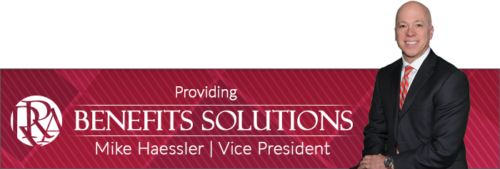Is Self-Funding an option for you?
March 14, 2018
Are you paying too much for group medical insurance? At one point, self-funding medical plans were only available to large employers. Not anymore.
One advantage of self-funding an employer’s group medical plan is that during a good claim’s year, the employer shares in savings if claims come in below the carrier’s Expected Claims fund. On the contrary, in a fully-insured medical plan, the insurance carrier benefits from any savings below this threshold.
A disadvantage of self-funding is cash flow volatility. Claims costs can have huge variances from month to month causing strain on smaller employer’s cash flow.
Enter Level-Funding. This method blends the advantage of the employer sharing in any claims savings in the form of a plan-year refund, while smoothing out large cash flow swings with a budgetable, “level”, monthly premium amount.
Level-funding may be an attractive alternative for employers with 2-50 employees who might be coming off of a Transitional Relief fully-insured plan, but want to avoid the potential huge premium increase of moving to an ACA, Adjusted Community Rated plan. Employers should be aware that Level-funding requires medical underwriting, unlike small group fully-insured plans.
Robertson Ryan works with a number of carriers who offer level-funded plan options. Some carriers allow for the employer to keep 100% of claims under the Expected Claims fund, but most offer 50% of savings to employer and 50% of savings to the carrier.
Post written by Mike Haessler.
(414) 221-0380 | mhaessler@robertsonryan.com | View Bio

